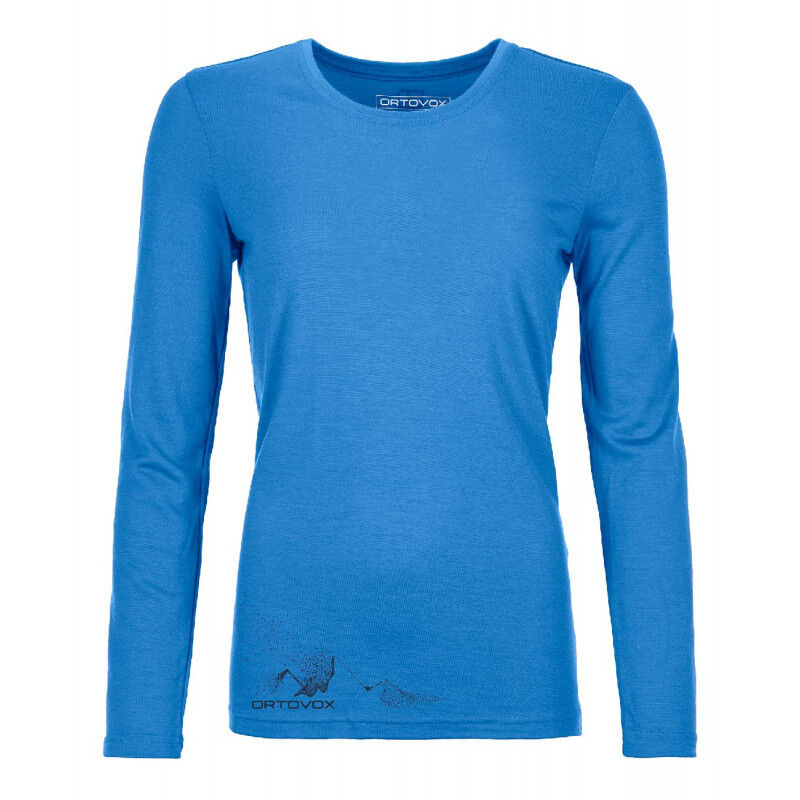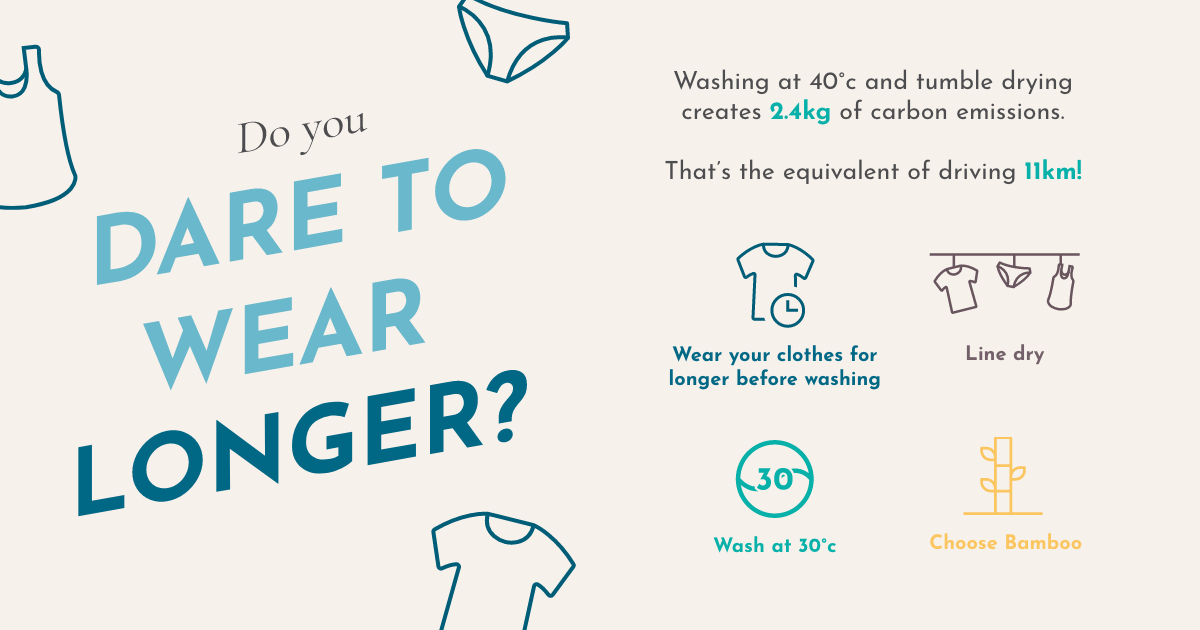Updated Merino Wool Base Layers Guide
Wiki Article
What Are The Benefits Of Base Layers Made From Yak For Winter Sports Clothing?
Natural fibers are a great choice for a base layer in winter sports apparel, and not only for their performance but also because of their environmental sustainability.
Both Merino fleece and yak wool are both made of natural fibers from animals. These natural resources can be harvested without causing harm to animals. They are biodegradable without causing harm to the environment.
Environmental impact is minimal
Natural fibers tend to have less environmental impact than synthetics. Wool is manufactured using fewer chemicals than synthetic fibers and require less non-renewable energy.
Efficiency in Energy EfficiencyEnergy Efficiency
Wool fibers use less energy than synthetic fibers, such as nylon or polyester. The energy used during the process of manufacturing natural wool is relatively lower, contributing to reduced carbon emissions.
Reduced Microplastic Pollution
Contrary to synthetic fibers that shed microplastics in washing natural wool fibers don't cause microplastic pollution in the water bodies.
The Longevity & Recyclability of Plastics
Yak merino clothes can last a long time, and are durable. Wool fibers may also be recycled or repurposed in order to further reduce consumption.
Sustainable Practices
Some wool manufacturers and producers employ sustainable and ethical practices. They are careful to ensure the health and welfare of their animals, good management of their land and fair working conditions for their workers.
Environmental Certification-
Certifications like the Responsible Wool Standard and the Global Organic Textile Standard verify the ethically and environmentally sustainable practices of wool production. It gives consumers confidence regarding the sustainability of wool production.
Base layers made of yak merino are generally green because they originate from natural and renewable sources. They also have a minimal environmental impact during production and use ethical and sustainable supply chains. Utilizing natural fibers for winter sport clothing such as yak and merino is a way to help support sustainable consumption. Have a look at the top merino wool base layers recommendations for site tips including smartwool thermal underwear, ski base layer mens, wool base layer womens, patagonia merino wool base layer, merino wool underlayer, lightweight merino wool base layer, ll bean merino wool base layer, merino wool thermals, wool long underwear, merino wool thermal underwear and more.

What Are Some Advantages Of Wearing Bamboo Clothes In Terms Of Softness, Antibacterial Properties, Durability And Renewability?
Bamboo clothing comes with many benefits in terms of softness, antibacterial properties, durability, and renewability- Softness-
The silky and soft texture is often compared luxurious fabrics like silk or cashmere. It feels soft and smooth on the body.
Antibacterial Properties
Natural Antimicrobial Qualities- Bamboo is an organic antimicrobial substance known as "bamboo kun." This property can help to prevent the growth of odor-causing bacteria and fungi that can be found on fabric, keeping it fresher over longer periods and reducing the need to wash it frequently.
Durability-
Strongness- Bamboo fibers are strong and durable despite their softness. Bamboo clothing is durable and can be utilized to perform a range of tasks.
Renewability-
Rapid Growth Bamboo is a sustainable resource that can grow quickly without needing pesticides. It can mature within several years, making it possible to have an environmentally sustainable harvest while reducing the impact on the environment.
Sustainability-
Bamboo is an eco-friendly product. It is a natural material that has minimal impact on the environment. Bamboo's rapid growth as well as its low need for water and ability to grow under diverse conditions make it a sustainable material.
Biodegradability-
Natural Breakdown- Bamboo clothing is biodegradable, which means it will degrade in a natural manner at the end of its lifespan. This can reduce the amount of non-biodegradable materials in landfills.
Hypoallergenic Qualities
The less irritation: Bamboo fabric tends to be less prone to allergies and irritations to the skin than other synthetic materials. This makes it the perfect choice for skin that is sensitive.
Bamboo clothing is awe-inspiring because of its many characteristics, such as softness, antibacterial properties, toughness and renewability, sustainability and the comfort. These characteristics make bamboo clothing ideal for a pleasant wearing experience, as well as ensuring eco mindful practices. Follow the best bamboo clothings url for more examples including short bamboo, jacket bamboo, bamboo sweatshirt, bamboo material clothing, bamboo viscose pajamas, bamboo t shirts mens, bamboo ladies clothing, bamboo family pajamas, ladies bamboo t shirts, dixxon bamboo shirt and more.

How Does Merino Layering And Bamboo Clothes Compare With Regular Wool?
Merino Wool, Bamboo Clothing, and Regular Wool have distinctive characteristics that make them distinct.
Softness- Merino wool is known for its fine and soft fibers, making it comfortable against skin. It is less likely than traditional wool to cause irritation and itching.
Moisture-Wicking Merino wool is a great fabric with moisture-wicking properties, removing moisture from the skin while let it evaporate while keeping the wearer dry and comfortable.
Merino Wool is an excellent insulation and can provide warmth even in wet conditions. It regulates body temperature by providing insulation and breathability to prevent overheating while exercising.
Odor Resistant - It blocks the development and spread of bacteria that cause odors, so garments stay fresher for longer.
Bamboo Clothing
Softness- Bamboo clothing's silky appearance is often compared to cashmere or silk. It's soft and luxurious to wear.
Bamboo fabric has moisture wicking properties that help draw away moisture and help keep your dry.
Temperature Regulation- Bamboo clothing has natural temperature-regulating abilities, offering warmth in winter and breathability to prevent overheating.
Sustainability- Bamboo is a extremely renewable resource that grows rapidly, without the need of fertilizers or pesticides. It's biodegradable, and has a very low environmental impact.
Regular Wool
Texture. The traditional wool texture can vary. Some types of itchy or uncomfortable textures are more rough.
Warmth- Regular Wool offers excellent insulation as well as warmth, although it can feel heavy and bulky at times.
Moisture Absorption - Wool can absorb moisture, making it less effective at wicking moisture when compared with merino wool or bamboo fabric. However, it retains warmth even when damp.
Merino's advantages include the softness, moisture-wicking capacity, resistance to odor, and insulation. Bamboo clothing is soft and wicks moisture away, regulates temperature, and is environmentally friendly. Wool has a variety of textures, and doesn't always have the same softness and moisture-wicking abilities as bamboo and Merino, however it still provides warmth and insulation. Each has distinct advantages which cater to various needs and preferences for winter clothes. Take a look at the recommended bamboo winter clothing hints for website recommendations including sweaty betty ski base layer, hh lifa merino, best merino base layer, best layers for skiing, wool base layer, paradox merino blend, merino wool underlayer, baselayer bottom, smartwool classic thermal, smartwool long johns and more.
